Explain this ECG in the context of active chest pain, slightly elevated troponin without a delta, RCA culprit, and previous with LBBB
Dr. Smith's ECG Blog
NOVEMBER 9, 2023
It turns out that she spends much of her time in LBBB (see ECGs below) What is going on??? Cardiac Memory: After conversion from LBBB or Paced Rhythm back to normal conduction, T-wave inversion is common and is called "Cardiac Memory" See this post and explanation: Chest pain and LBBB. link] Shvilkin et al.


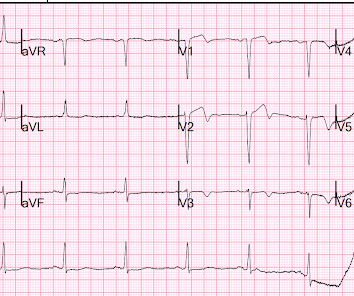
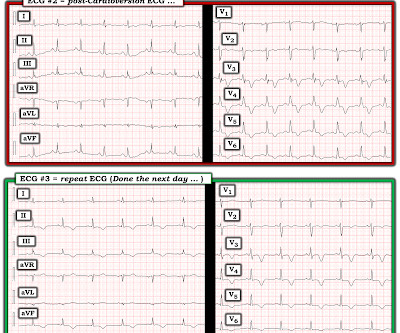
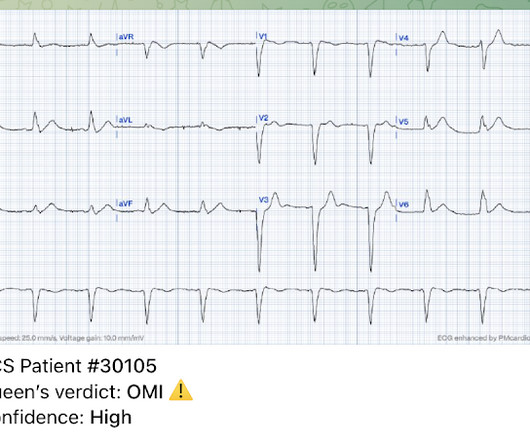
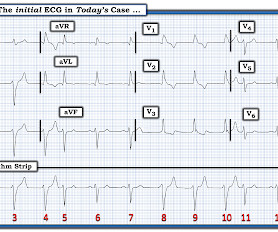
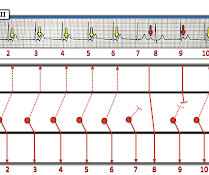
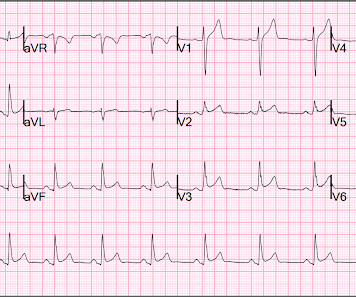
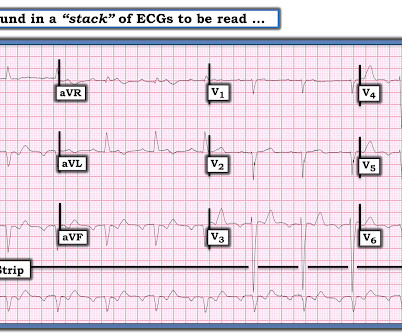

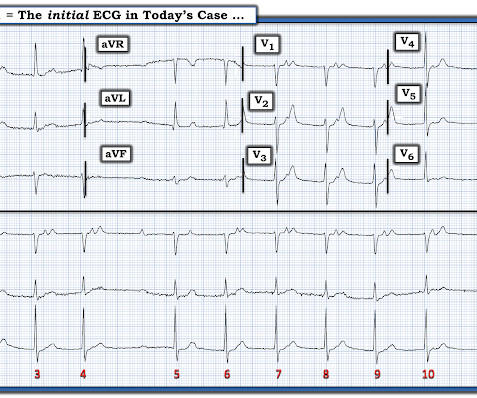
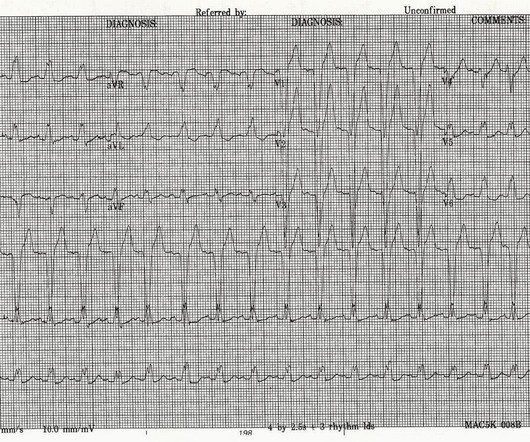
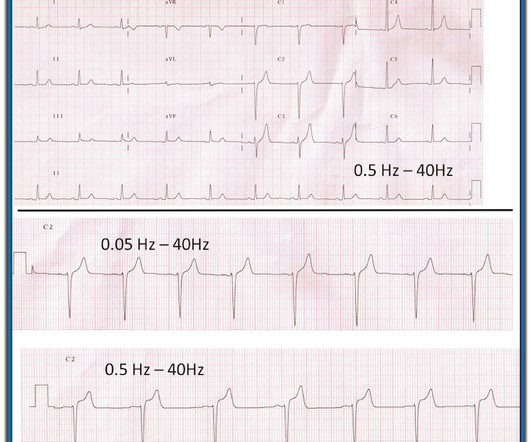
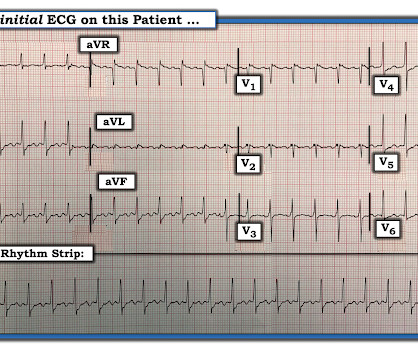
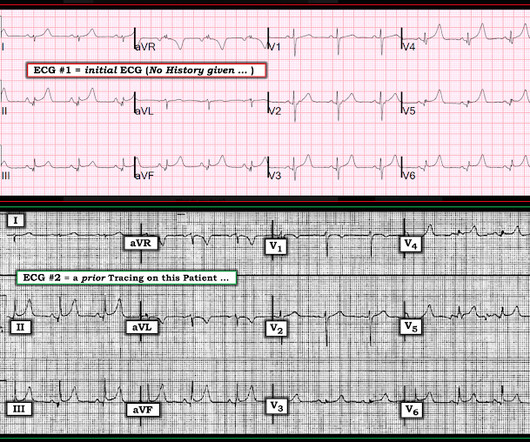







Let's personalize your content